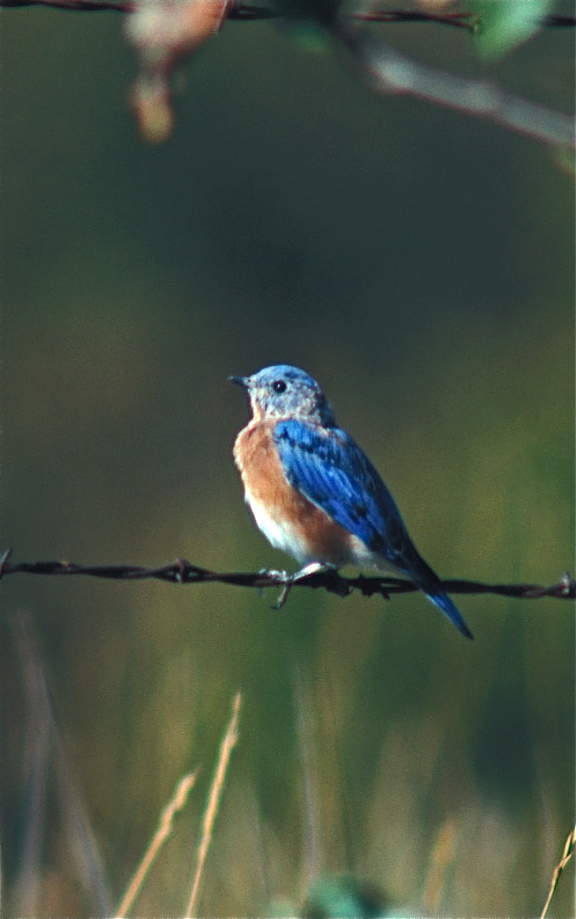
The Bluebird Trail, referring to all of the bird boxes throughout the Natural Lands, began in 1993 when Biology major Dawna Wright, working under the guidance of Gene Bakko, crafted and established 40 nest boxes (Peterson style) across the Natural Lands. Since their establishment, the nest boxes have seen successful fledges each year, supporting Eastern Bluebirds (Sialia sialis) along with various other native species. The trail has had up to 64 boxes, which allowed 50-80 bluebirds to fledge each year. The number of successful bluebirds and boxes has varied throughout the years. As the nest boxes have been repaired and replaced, the box styles used on the bluebird trail have slowly shifted to Gilwood and S22-style nest boxes. The boxes are monitored in early spring and throughout the summer by Natural Lands Technicians, who record data including nest type, number of eggs, number of chicks, and the species of bird residing inside. Our bluebird data are sent to the Bluebird Recovery Program of Minnesota and North American Bluebird Society every year. These organizations conduct long-term information studies on this species.
Why Bluebirds?
While bluebird numbers are rising today, this was not always the case. Due to competition from invasive bird species such as the European Starling (Sturnus vulgaris) and introduced species like the House Sparrow (Passer domesticus), predation from feral cats and raccoons, and exposure to pesticides, bluebird numbers began to drop in the mid-20th century.1 Climate change will also influence the population and distribution of bluebirds.2 Bluebirds are cavity nesters, however they do not make their own cavities. They instead rely on preexisting cavities made by other species such as woodpeckers. In addition, bluebirds prefer savanna habitats where trees are less common than in forests to help avoid competition from other birds. By providing nest boxes as artificial cavities in prairies, savannas, and other less wooded areas, we can help mitigate the effects of climate change and other factors adversely impacting the population of these birds.
Other Nest Box Inhabitants
Feathery Fun Facts
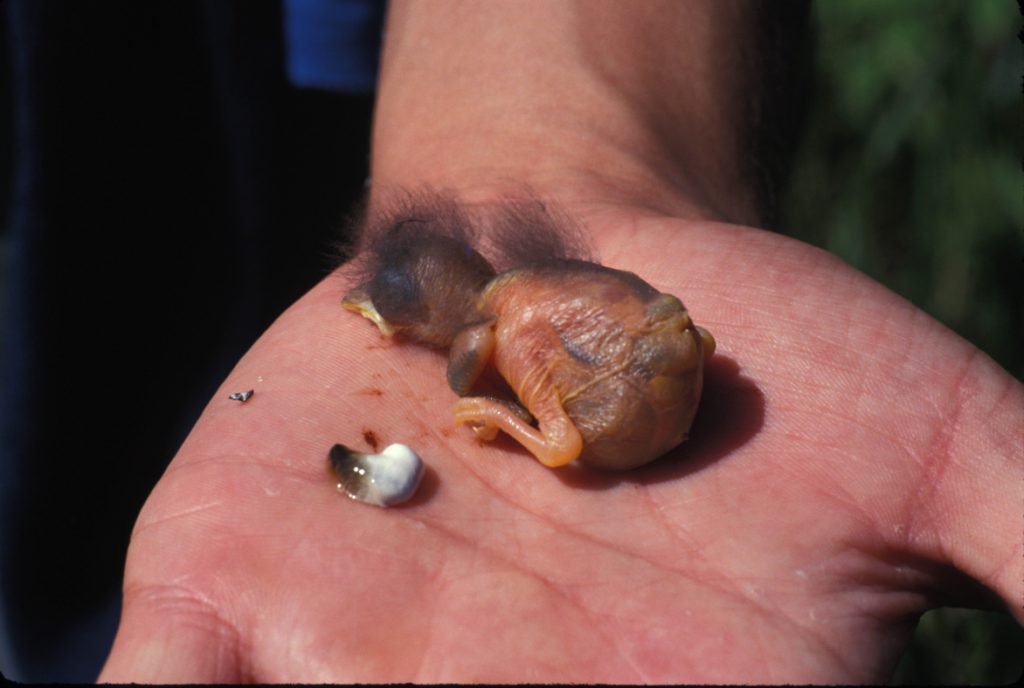
- With bluebird chicks taking 2 to 3 weeks to fledge and leave the nest, how do nests remain clean with up to 6 young birds eating and defecating at a time? The answer lies in fecal sacs! Many chicks, especially those in the order Passeriformes, contain their fecal matter in a layer of mucous. These organic diapers allow the mother to carry the feces away from the nest (or in some cases even eat it) to maintain a clean living space and reduce the risk of predation³.
- Bluebirds can go through two reproductive cycles per nesting season, allowing the mother to produce another brood once the first has fledged.
- When walking through the Natural Lands, you may notice that the bird boxes are always established in pairs 10-30 feet apart. This is to help reduce competition for the boxes, as tree swallows (Tachycineta bicolor), another native cavity nester, are rather territorial; Once they are established in a nest box, tree swallows wouldn’t allow another tree swallow to move into a neighboring box, but would let other species move in, thus leaving a box open for the bluebirds.
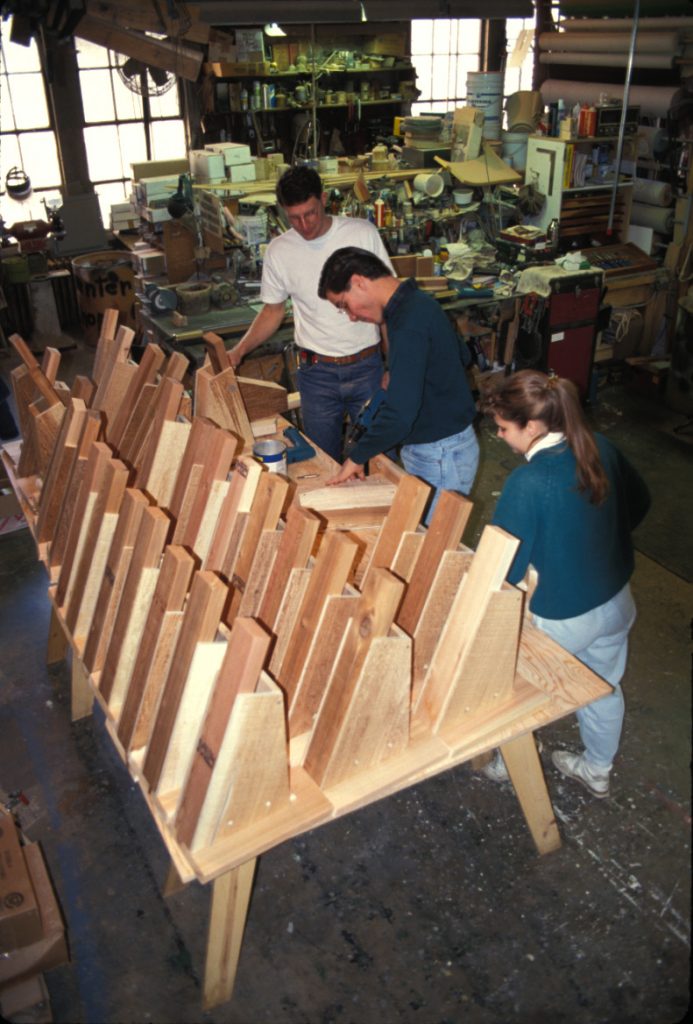
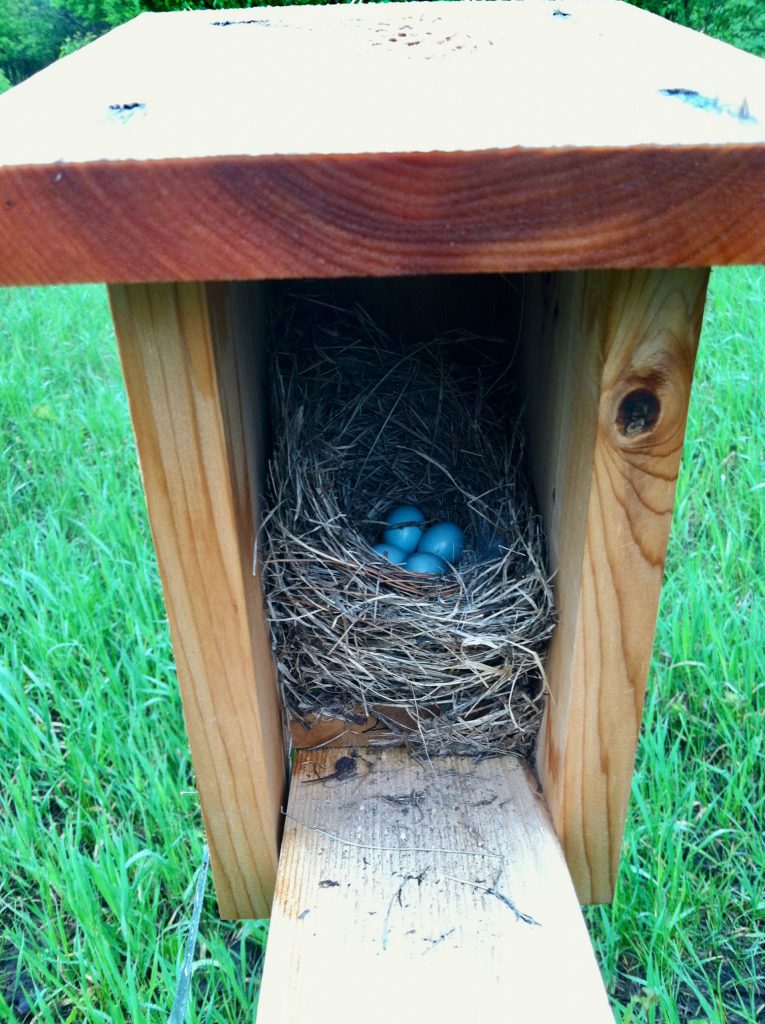
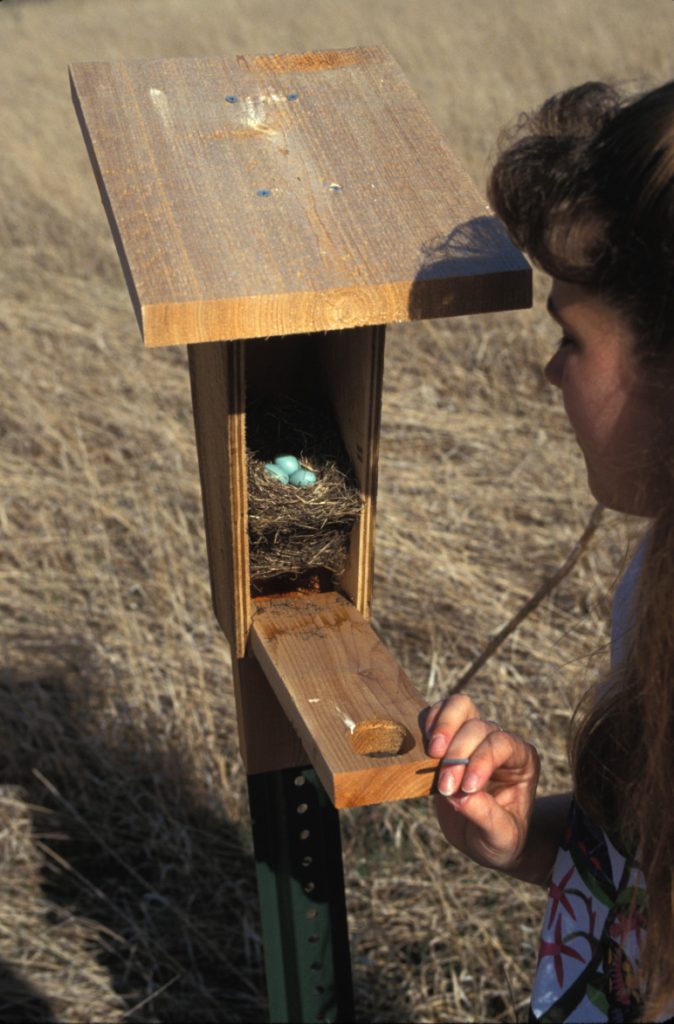
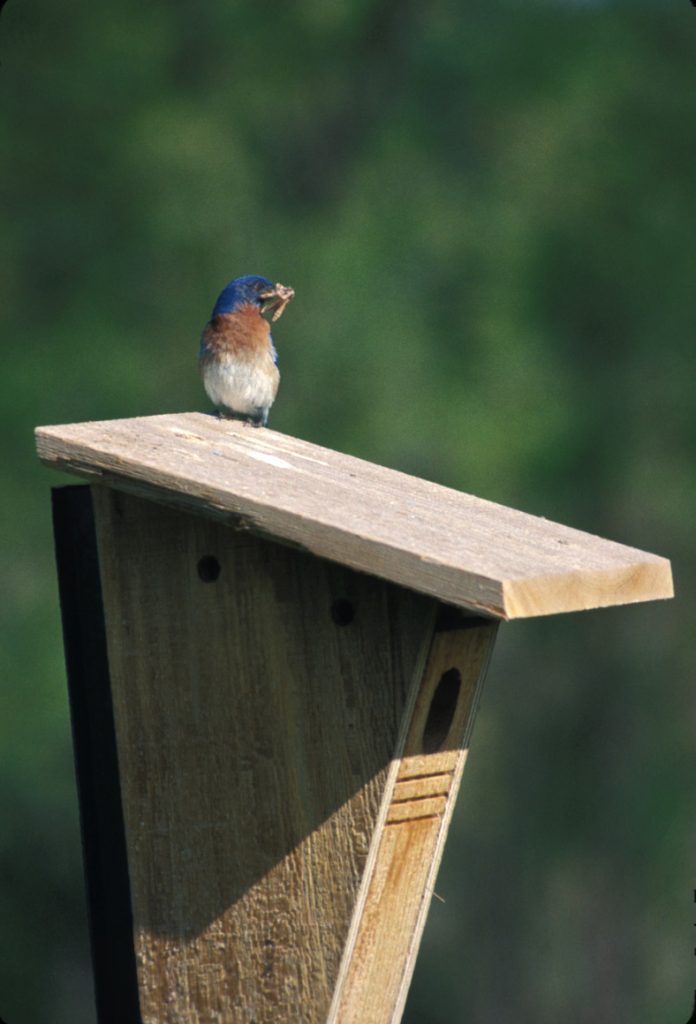
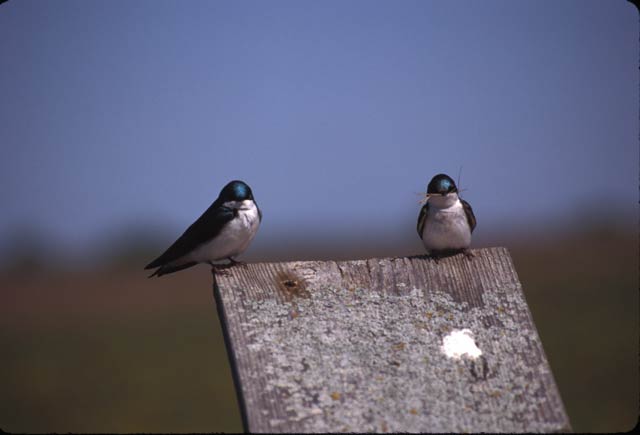
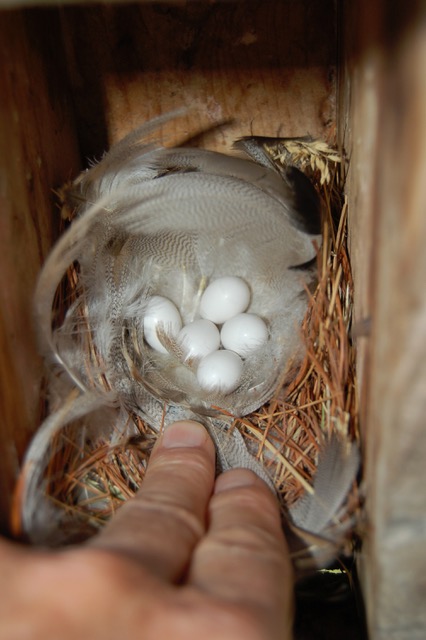
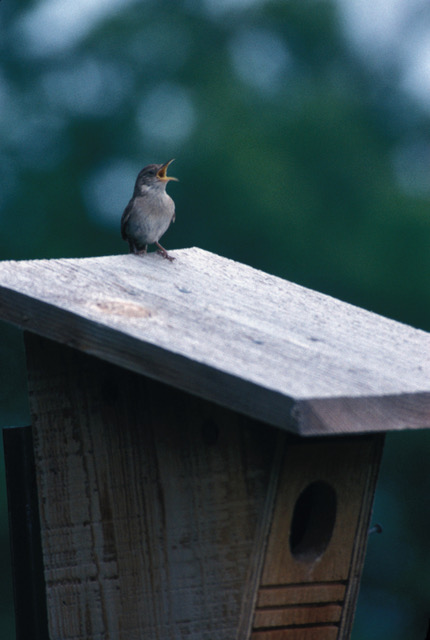
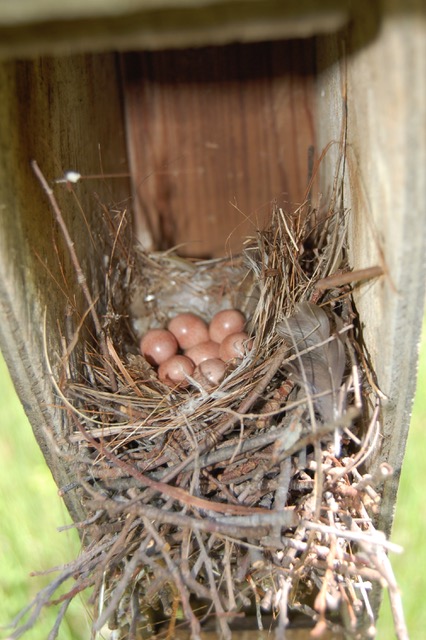
You must be logged in to post a comment.